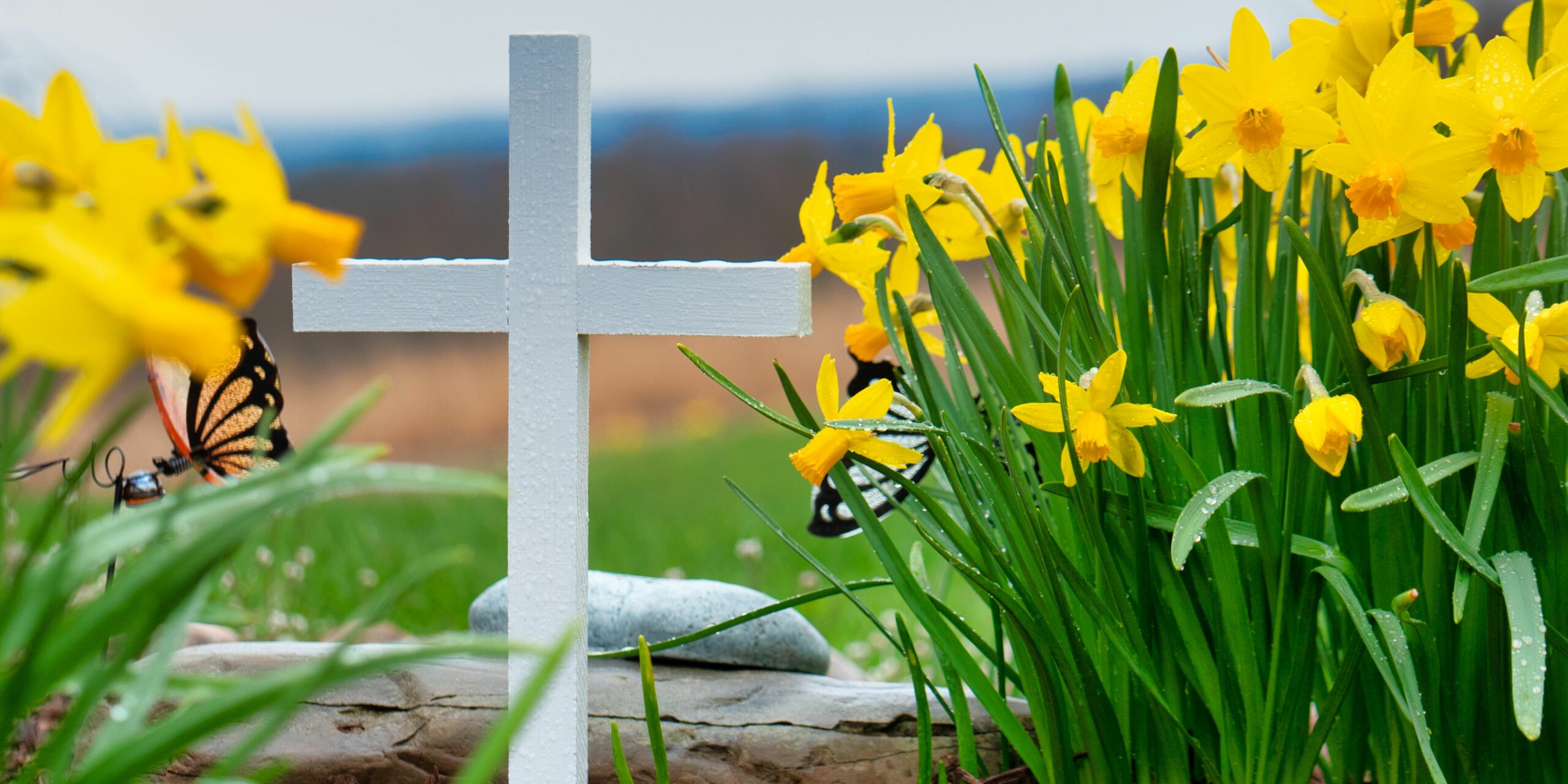- Business Planning
- Elder Law
- Estate Administration
- Estate Planning
- Guardianship
- Real Estate
- Special Needs Planning
Funeral homes are getting in on the “green” movement. They now offer different types of “green” burials. Chemicals are not used in these types of burials and you can opt for a biodegradable casket, or a “natural” burial where no embalming fluid is used and the body is wrapped in a biodegradable material, buried in the ground and allowed to decompose naturally. Natural burials take place at specially preserved “conservation cemeteries” monitored by the Green Burial Council or GBC. The GBC has strict rules that restrict how the grave site is dug, the types of markers that may be used, how soil is removed and replaced, and restricting the use of vaults or cement grave liners. Only biodegradable material is allowed to be buried with the body.
If you want to be cremated, don’t worry, there is an environmentally friendly method called bio-cremation or green cremation. The official name of the procedure is alkaline hydrolysis. The process entails wrapping the dearly departed in a biodegradable covering, such as a silk wrap, and then placing them in a chamber filled with mostly water and alkali. The water is then heated to 350 degrees and the remains are liquefied. Soft bone fragments remain which are then ground and placed in an urn for delivery to the family.
This method of cremation is more energy efficient than the traditional method; dissolving bodily remains using only 5% to 10% of the energy required to create the 1700 degree temperatures necessary for traditional cremation. Traditional cremation techniques also release harmful gases into the atmosphere due to the burning of mercury fillings and metallic joint replacements that are not created in the alkaline hydrolysis procedure. The green cremation method also allows recycling of these metallic joints as they do not dissolve in the alkaline solution.
The cost of green cremation is comparable to traditional cremations and takes about the same amount of time. Currently, six states, including Florida, have passed laws allowing alkaline hydrolysis as a method of cremation and several more have legislation pending.
When discussing final arrangements with your loved ones, you now have several options if you want to go out “green”!
For more information, check out http://alkalinehydrolysis.com/.
The Law Offices of Hoyt & Bryan, offers a quarterly workshop entitled, “What to Do When Someone Dies.” At this workshop we partner with local funeral professionals to answer all your important questions. Bring a friend and receive a complimentary copy of Peggy Hoyt’s book, Straight Talk! What to Do When Someone Dies. For more information, please visit our website http://www.HoytBryan.comor call us at 407-977-8080.




